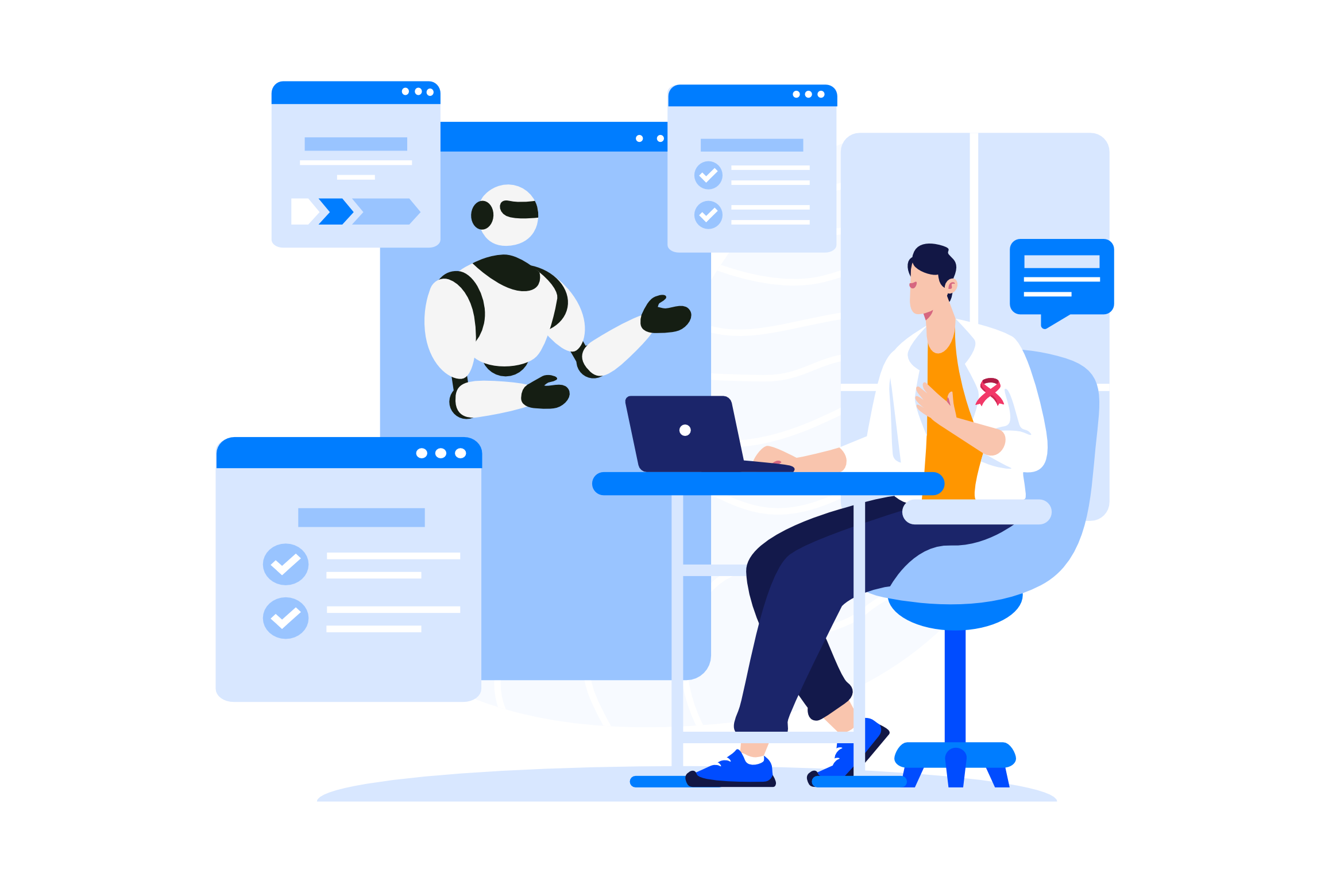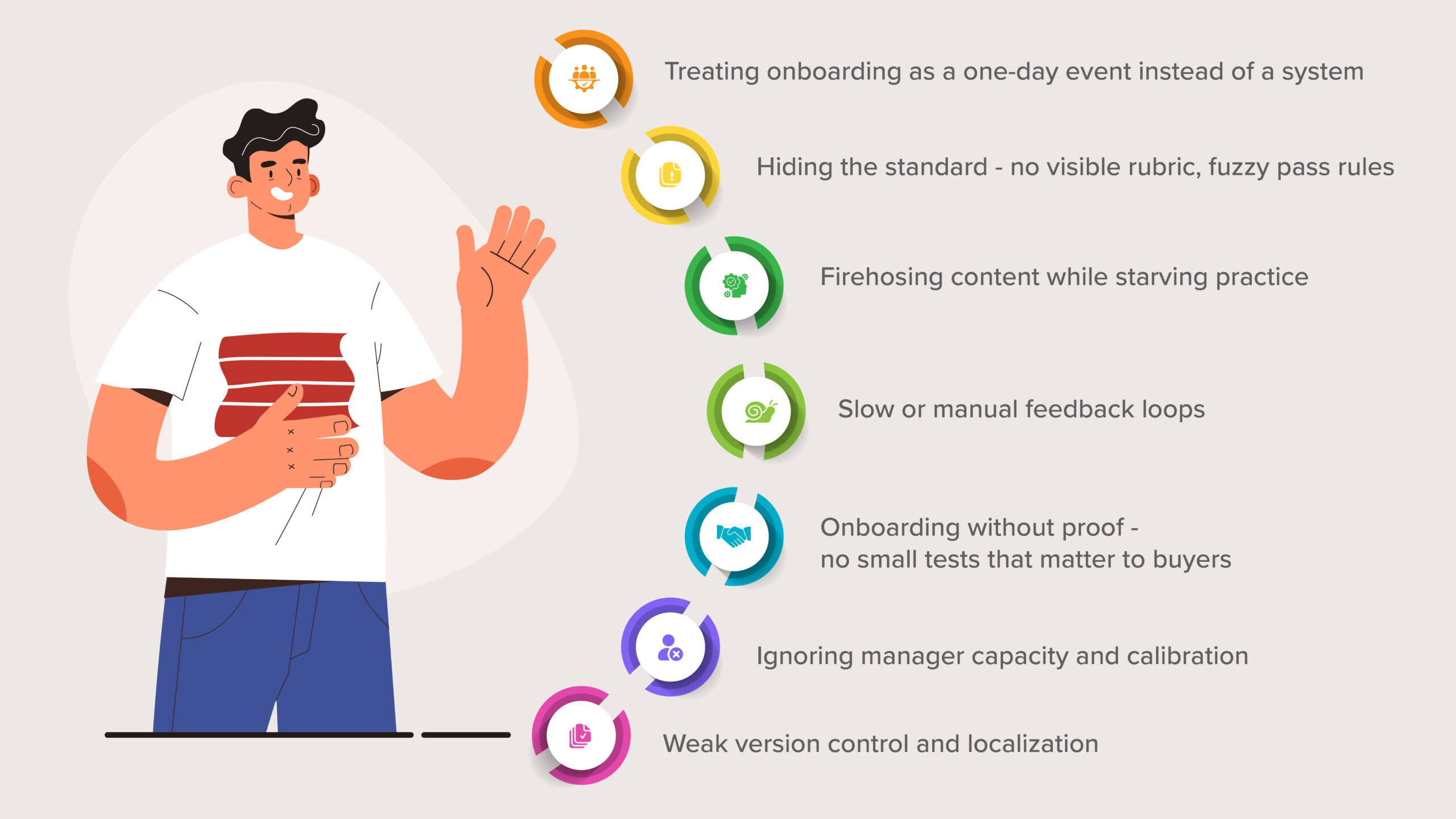How to increase the adoption of a new system?

You’ve invested in a new system (a CRM, timesheet tracker, marketing tool, HR management tool, etc) and decided to implement it within your organization. Congrats! Your new technology will definitely make your organization more effective and productive. But only if your employees actually use it.
This is a common scenario that organizations face while rolling out new technology. They struggle to get their users to take the plunge.
Here are some reasons why organizations face roadblocks when it comes to new technology adoption:
- Employees are overwhelmed with too many technologies and not enough time to learn how to use them effectively. According to Hubspot, marketers alone are using more than 12 different tools on average, and some are using more than 31. When you extrapolate what the rest of the organization is using, that number gets exponentially bigger.
- Users don’t see the benefits of the new system. According to Business.com, while 76% of employees acknowledge that technology has an influence on the way they work, for better or for worse, less than half of them feel that IT decision-makers have taken their opinions into consideration when selecting business technology.
- Users are afraid of any additional disruption in their already busy workdays. Simply put: The thought of learning a whole new system can be overwhelming in today’s workplace, where employees are already stretched as it is.
Despite these challenges, you don’t want your time, efforts, and money to go down the drain right? You need to get greater ROI out of your technology investment by ensuring 100% user adoption of the new system.
We are here to help you with this. Our business experts, who have worked with many top companies across the world and helped them drive successful user adoption of new systems have shared their tips.
Tips to Drive Successful User Adoption
1. Involve the leadership team and get them to advocate the new system
Any good behavior trickles down from the leadership team to the rest of the organization. So, start your new system roll-out by getting your leadership team involved in the roll-out process. We are not just talking about explaining the benefits of the new system to them. But actually give them a first-hand experience of the new system. Make them your early adopters.
It’s important that you choose strong leaders from each department/ business unit as the early adopters. They should be able to persuasively communicate to their people why the adoption of the new system is worthwhile to:This initiates a sense of trust amongst the users, as the first wave of communication comes from the leaders of their department.
- Them,
- Their company,
- Their customers,
- And stakeholders
2. Communicate for buy-in and engagement from employees
After a higher-level communication from the leaders, it’s time for you to provide a detailed briefing on the new system to the users. This is second-level communication. Think of this as internal marketing where you have to gain user buy-in and engagement.
Give them a first glimpse of the system and explain:
- What is in it for them?
- How does the new system enhance their work?
- Are they going to save time?
- Will they make more money?
- Will they have access to new and up-to-date information- information they really, really need?
3. Run Training Sessions
One of the biggest risks that jeopardizes the user adoption of the new system is the lack of sufficient and customized training. Of course, many vendors offer training options as a part of your technology purchase. However, most of that training is standardized off-the-shelf and not specific to your business processes.
You need to ensure that the new system training is specific to each department/ stakeholder group and the way they perform their work.
For example, in the case of a CRM system, a marketing professional should learn how to register and follow up leads. Whereas a salesperson needs to know how to create a sale and follow a set sales process.
If the new system training is not connected to each individual’s work, then they might see it as a waste of their time. And, this results in a significant decrease in user adoption.
Apart from that, here is what you need to accomplish in the training:
- Showcase and demonstrate the new software. Encourage more dialogue around implementation.
- Walk your employees through each and every feature of the new system. Demonstrate its practical application and how it makes a difference for them.
Pro-Tip: If your new system holds many features, learning them all in one go can be difficult. In such a case, split your training into multiple training sessions and conduct them over a period of time. Start with the basics. And, when the basics are in place and well known, move on to more advanced features and processes.
- Create an environment where users can comfortably voice their questions and concerns. Take time and patiently address all their queries
- During the training identify people who are most enthusiastic about learning and using the new system. Set them up as the internal champions. Then, encourage them to help you in getting the late adopters and laggard up to speed quickly.
- A great way to get the users used to the new system is by allowing them to test drive it before they use it for their actual work. This gives them some time to get a hang of things.
If you are implementing Salesforce CRM in your organization, here are the best practices to drive end-user adoption of Salesforce
4. Gamify your Adoption: The Plan that Works!
- Pitting departments against one another
- Creating teams in the same department and having them compete against each other
- Or by allowing people to compete as individuals
| No | Activity Type | Why does this work? | Points | Timeline/ Frequency |
|---|---|---|---|---|
| 1 | Download/ install the new system and login | This activity encourages users to download/ install the new system and login into it before the timeline. Although this is a simple activity for the employees to complete, adding points to it motivates them to finish it quickly. | 20 points on completion | Timeline: 1 week |
| 2 | Complete a simple activity | Choose an activity that can be completed quickly. It can be the starting point of using the application. For a CRM, it could be, to create the 1st opportunity. For an HRMS system, it could be filling out employment details | 30 points on completion | Timeline: 1 week |
| 3 | Pulse Survey | Conduct surveys once in a while to capture the feedback of users’ experience with the new system | 10 points on completion | Frequency: Once in 3 months |
| 4 | Microlearning Feeds | Send microlearning feeds twice a week to the users to reinforce new system training. These should be personalized by business function and role. This helps the users remember all the features of the new system and their usage for a longer time. | Frequency: Twice a week | |
| 5 | Quizzes | Send short quiz tests with 5 questions once every week to help your users recall the new system information. This also helps you to access their knowledge retention | 5 points per correct answer | Frequency: Once a week |
Awards for the Contest Winners:
- Download Champs: Present this award to the first team that achieves 100% download and login
- Fast Starter: Present this award to the first person who completes all the activities
- Lead by Example: This award goes to the first team to complete all the activities
For more creative employee award and incentive ideas, check out the blogs below:Permalink
Looking to implement a contest software for your teams?Permalink
SmartWinnr: A gamified platform to drive end-user adoption of the new system successfullyPermalink
SmartWinnr’s AI-powered gamification platform helps you to successfully drive the new system adoption at various stages at your organization. You can use this one single platform to drive new system communication, new system training, and gamified adoption. This helps you achieve a highly effective end-user adoption. To explore more, book a free demo with us today!Related Posts
8 Gamification Pitfalls to avoid
Gamification, as you know, is the process of taking game mechanics and applying them to non-gamified situations. It involves using...
Pre Training Survey Questions
As an L&D professional who is about to organize a training session for a batch of employees in your organization,...
Gamifying Salesforce
In today’s tech-savvy world where businesses are operated using various advanced technology tools, CRM is one such tool that has...
Looking for a sales training software that takes your sales training to a whole new level?
Explore SmartWinnr’s Learning and Gamification features. Learn how to run fun and engaging sales training and sales coaching for your team through SmartWinnr.
Curious to learn more about it? Book a demo today!
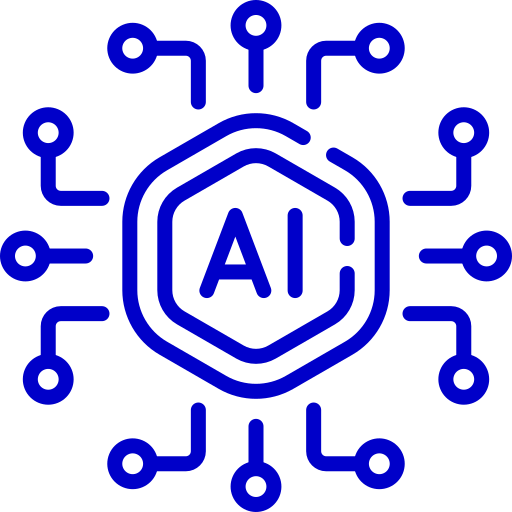 Two way AI Role Plays
Two way AI Role Plays Targeted Learning
Targeted Learning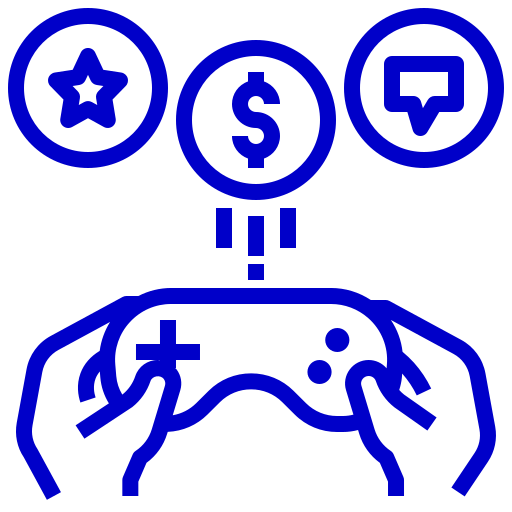 Gamification
Gamification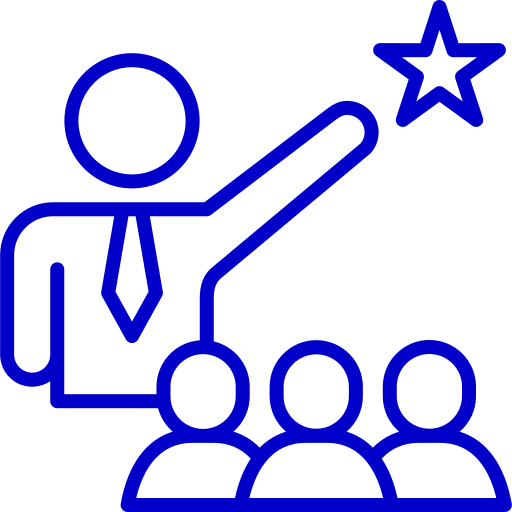 Sales Coaching
Sales Coaching Sales Contest
Sales Contest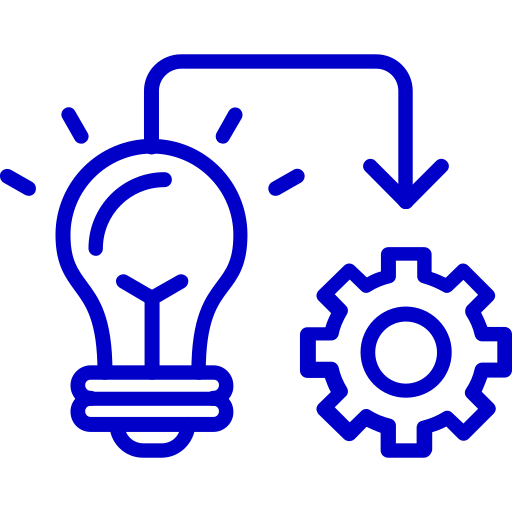 Implementation
Implementation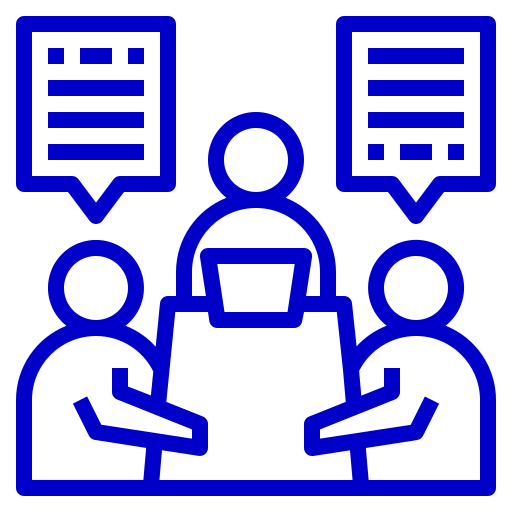 Consulting
Consulting Enterprise Ready
Enterprise Ready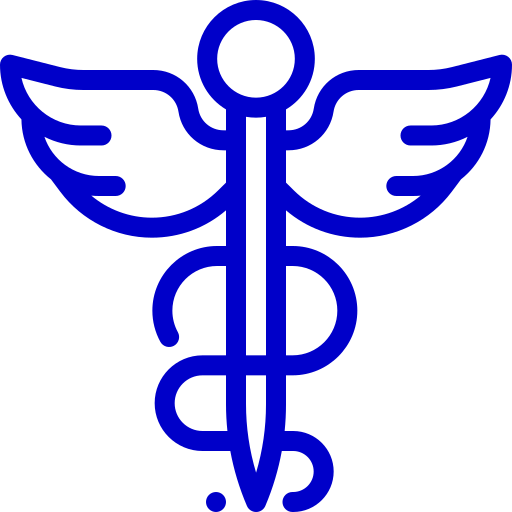 Pharmaceuticals
Pharmaceuticals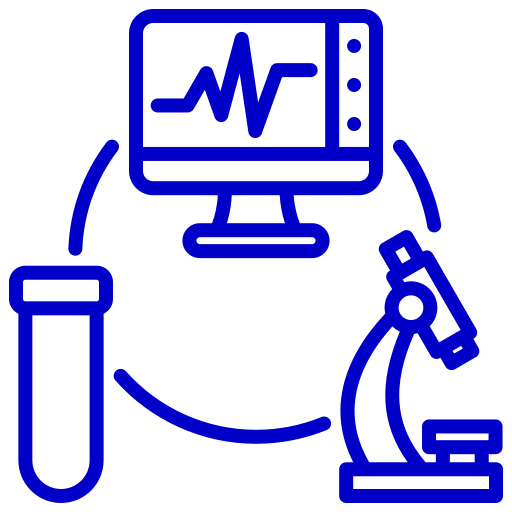 Medical Devices
Medical Devices Insurance
Insurance Banking
Banking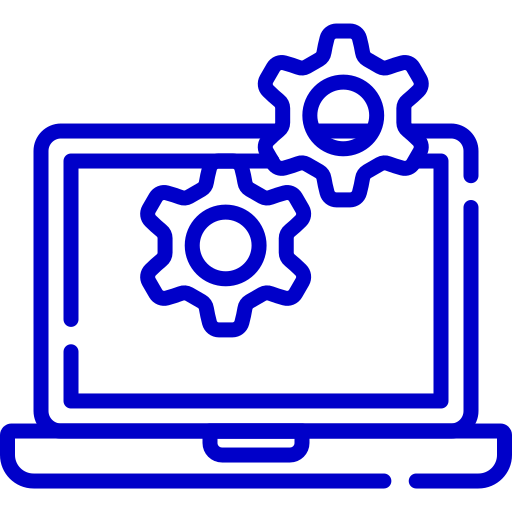 Technology
Technology Senior Living
Senior Living Sales
Sales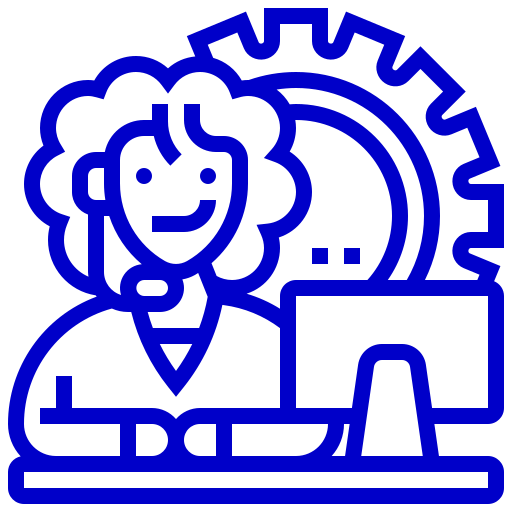 Call Centers
Call Centers Marketing
Marketing Improve Sales Productivity
Improve Sales Productivity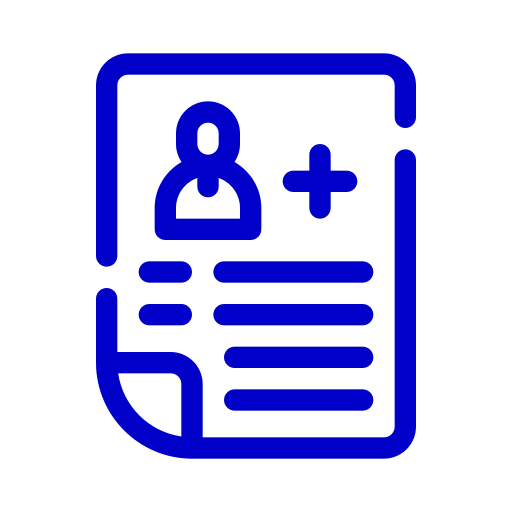 New Hire Onboarding
New Hire Onboarding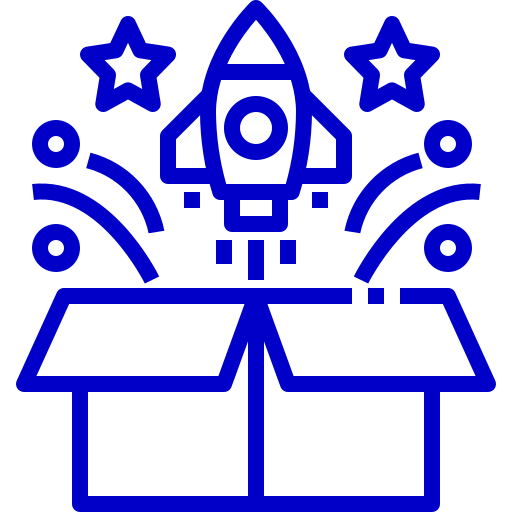 New Product Launch
New Product Launch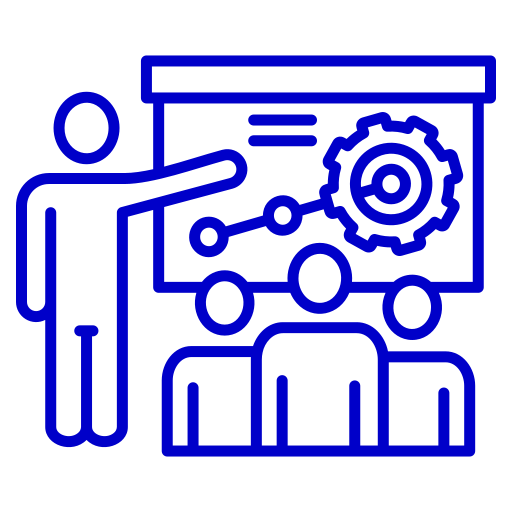 Channel Partner Training
Channel Partner Training Sales Events
Sales Events Success Stories
Success Stories Whitepapers and eBooks
Whitepapers and eBooks Contest Template Designer Tool
Contest Template Designer Tool Sales Training
Sales Training Gamification
Gamification All Blogs
All Blogs